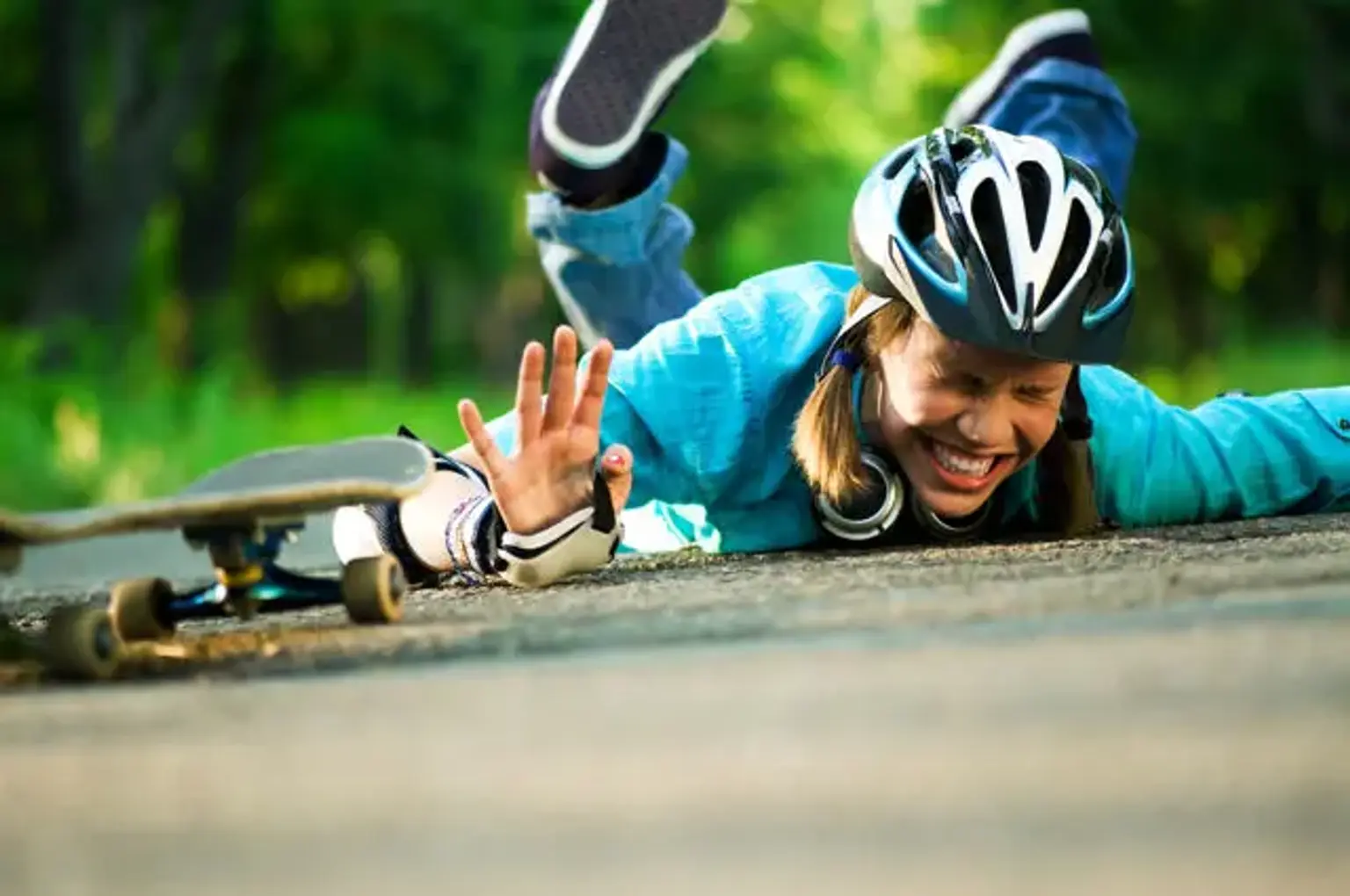Introduction
Sports injuries are a common challenge faced by athletes at all levels, from recreational players to professionals. Whether it's a minor sprain or a more severe fracture, an injury can sideline athletes, affecting their performance and quality of life. This is where proper treatment and rehabilitation come into play.
Rehabilitation is not just about recovery; it's about restoring strength, flexibility, and function to the injured area, while minimizing the risk of future injuries. Early intervention, accurate diagnosis, and a structured rehabilitation plan are essential for athletes to return to their sport stronger and more resilient.
Common Sports Injuries and Their Causes
Sports injuries can vary significantly depending on the sport and the physical demands placed on the body. However, certain injuries are common across most sports:
Sprains and Strains: These injuries involve the overstretching or tearing of ligaments (sprains) or muscles/tendons (strains). They often result from sudden movements, twists, or overuse.
Fractures and Dislocations: Bone injuries can occur from falls or collisions, causing fractures or joint dislocations. These are more common in contact sports.
Tendonitis: Overuse of a tendon can lead to inflammation, typically in areas like the elbow (tennis elbow) or knee (patellar tendonitis).
Stress Fractures: These are small cracks in the bone, usually caused by repetitive motion over time. They are common in runners and athletes involved in high-impact activities.
Risk factors like improper training, lack of warm-up, fatigue, and poor equipment can all contribute to these injuries. Understanding these causes helps athletes take preventive measures.
